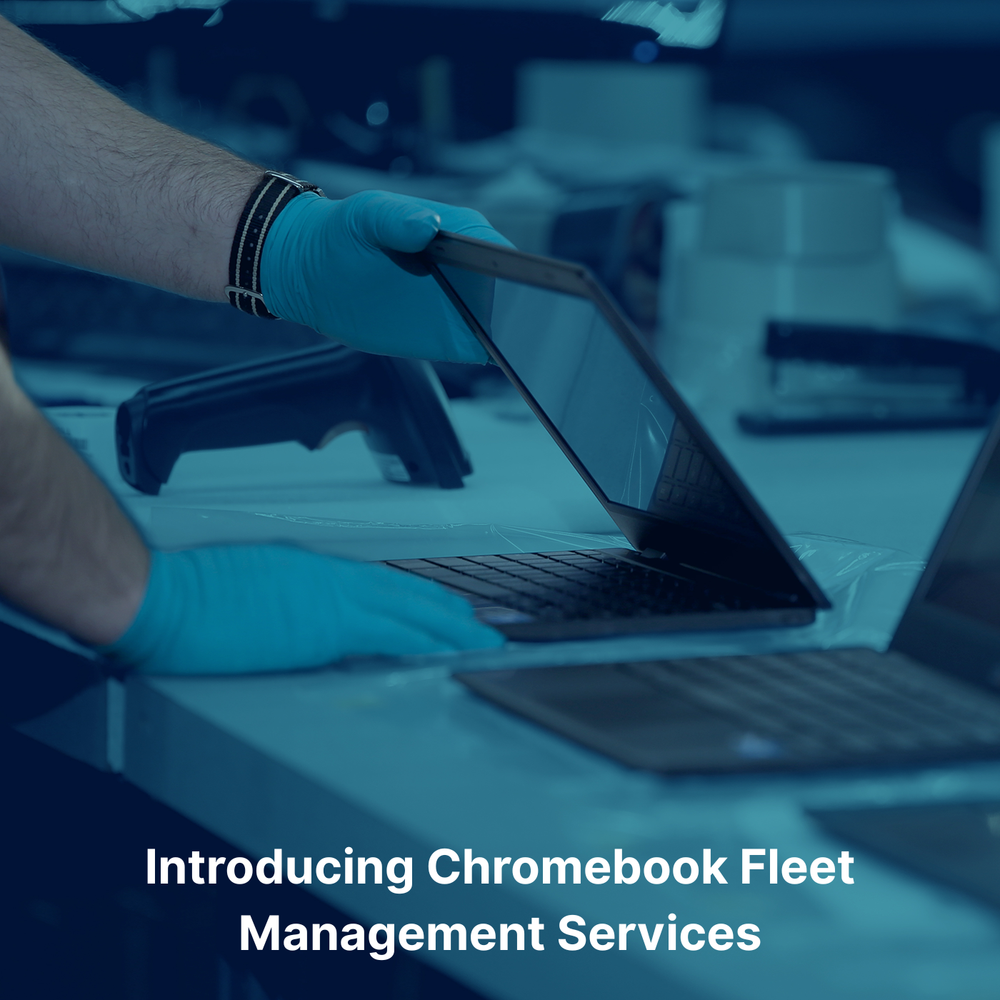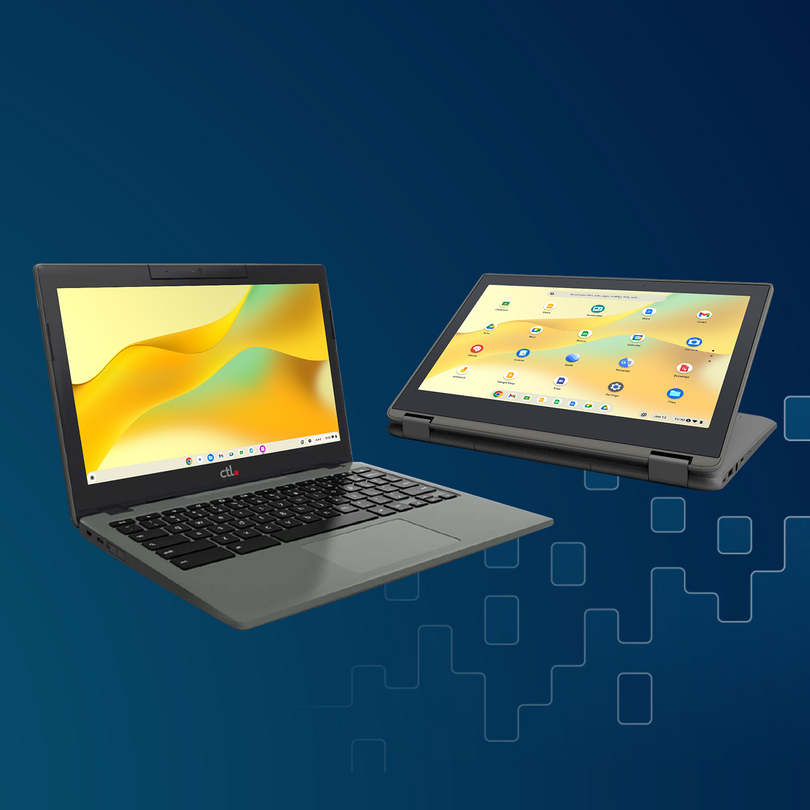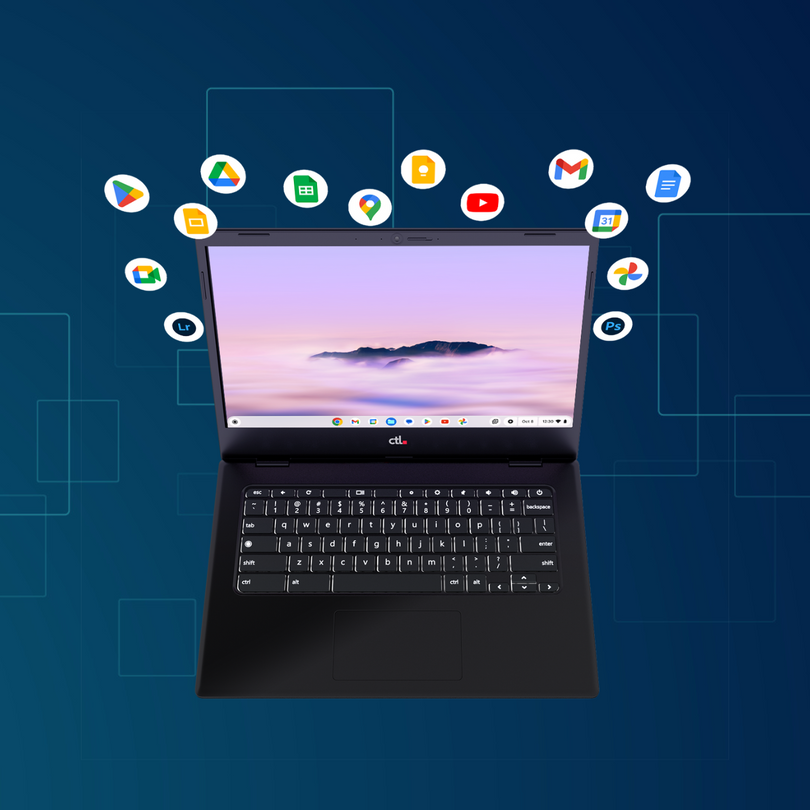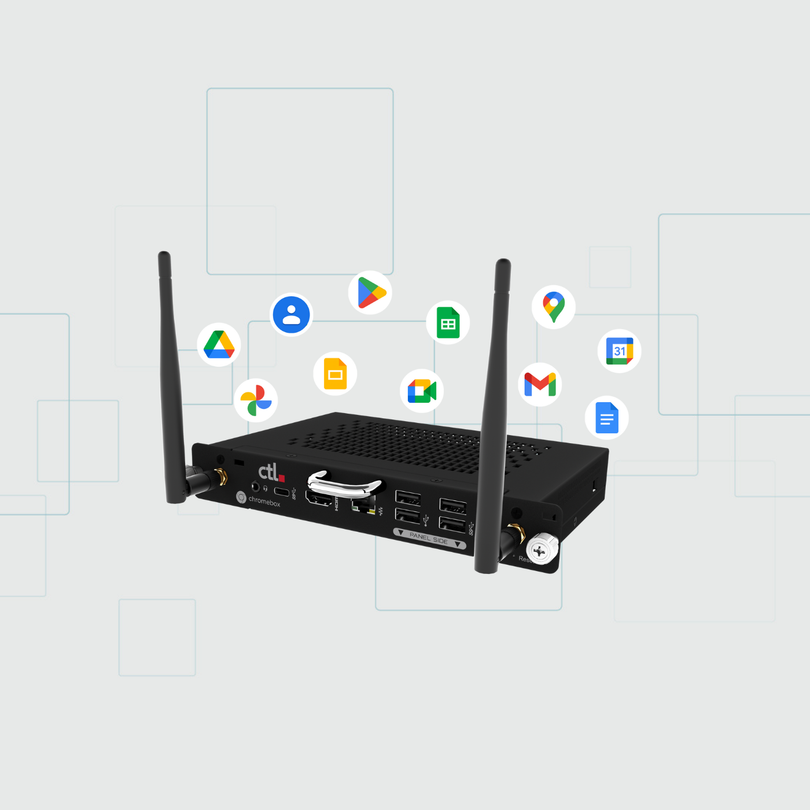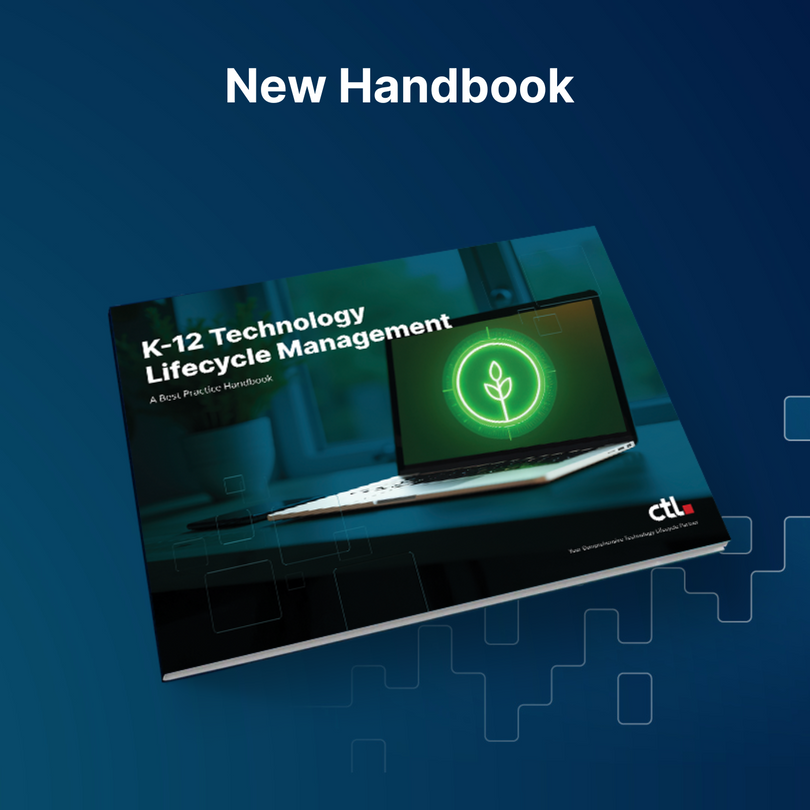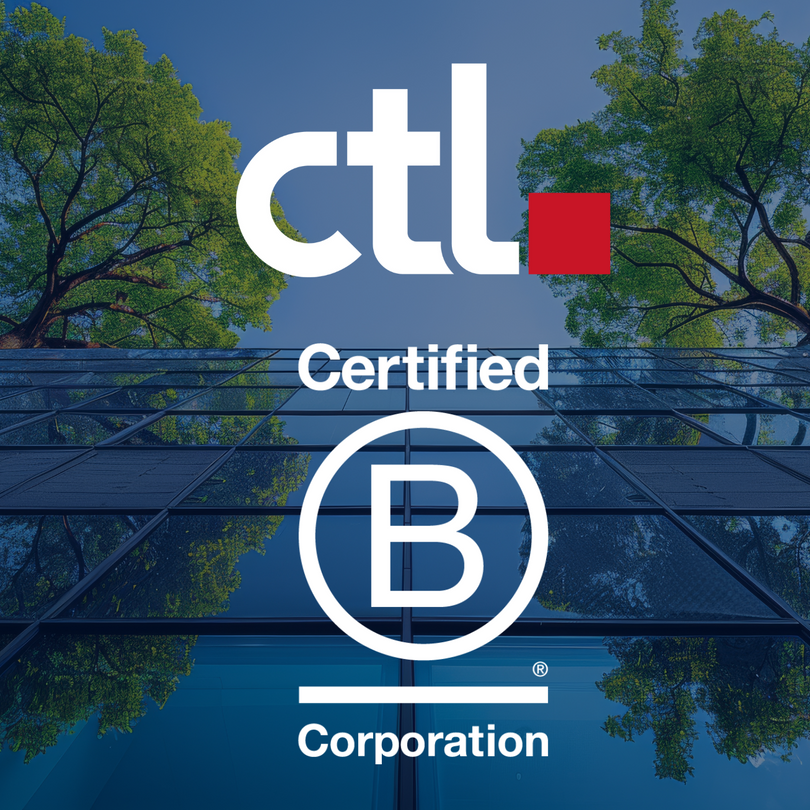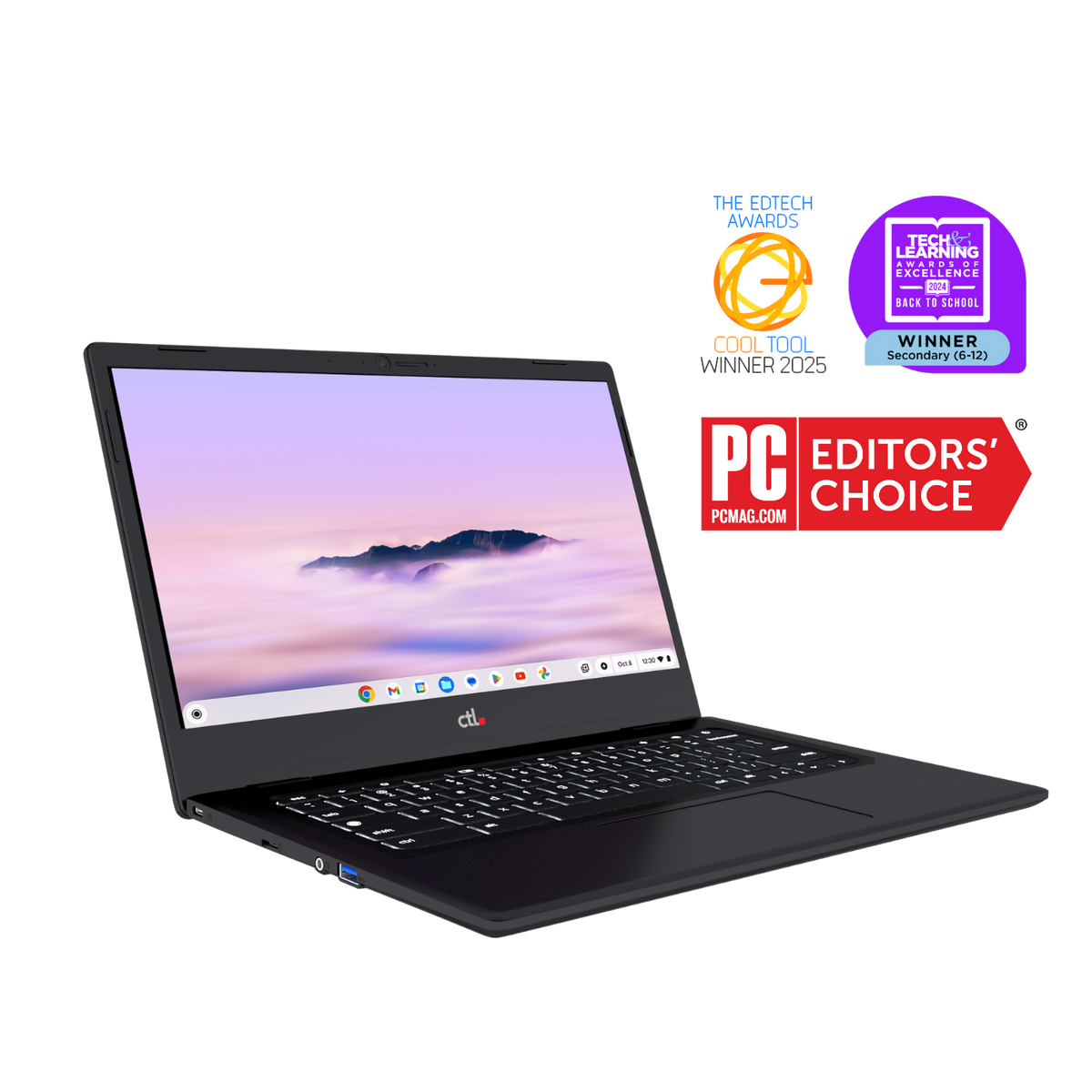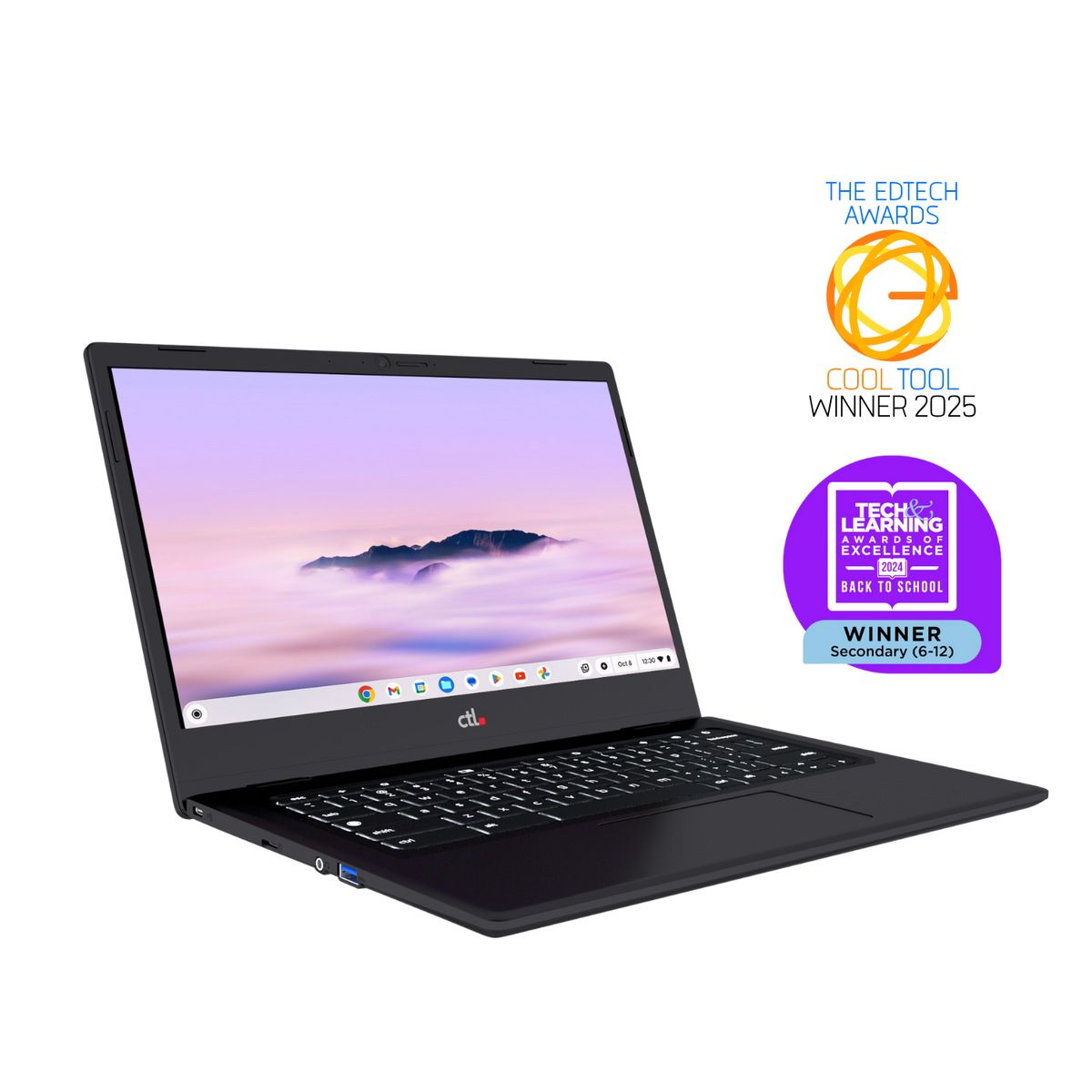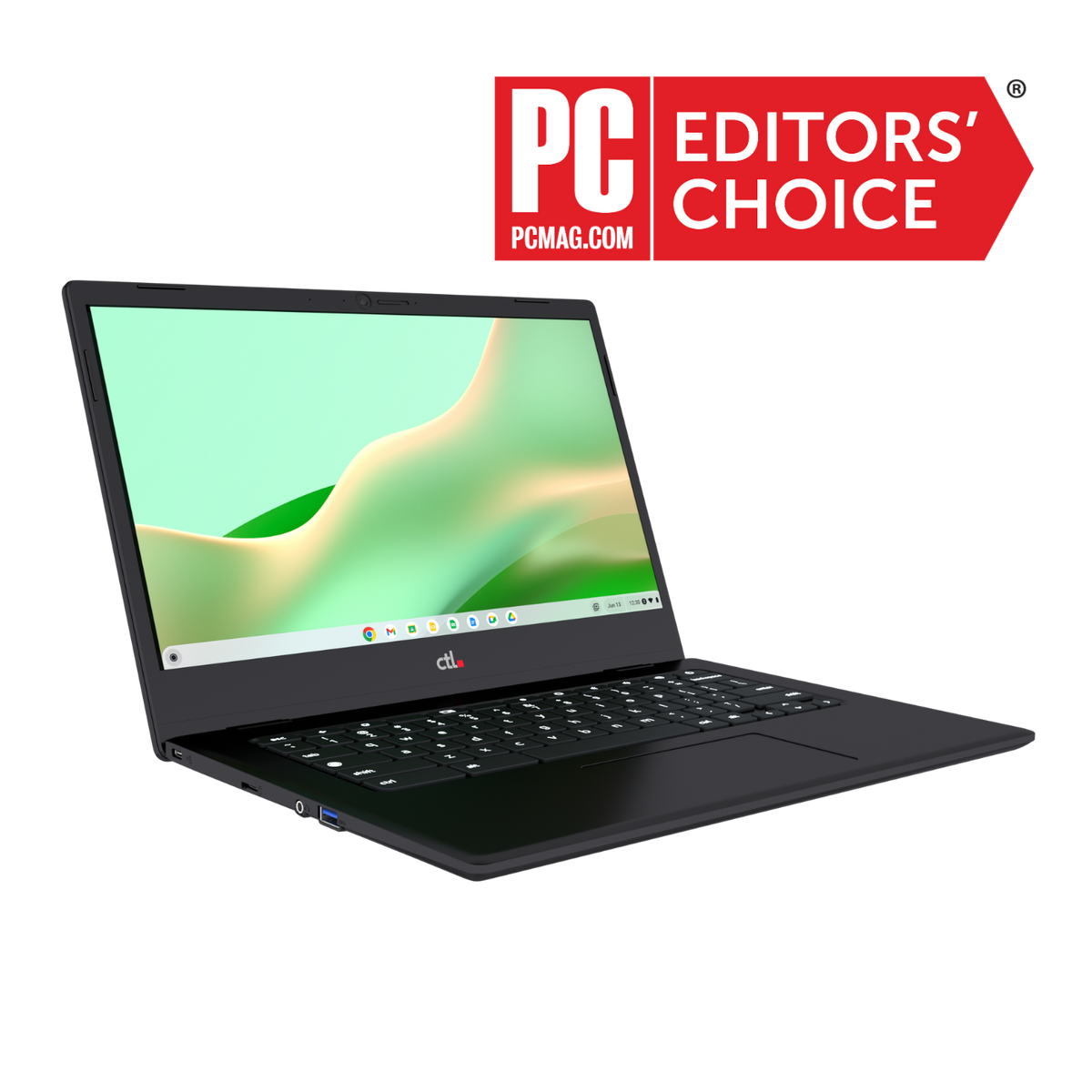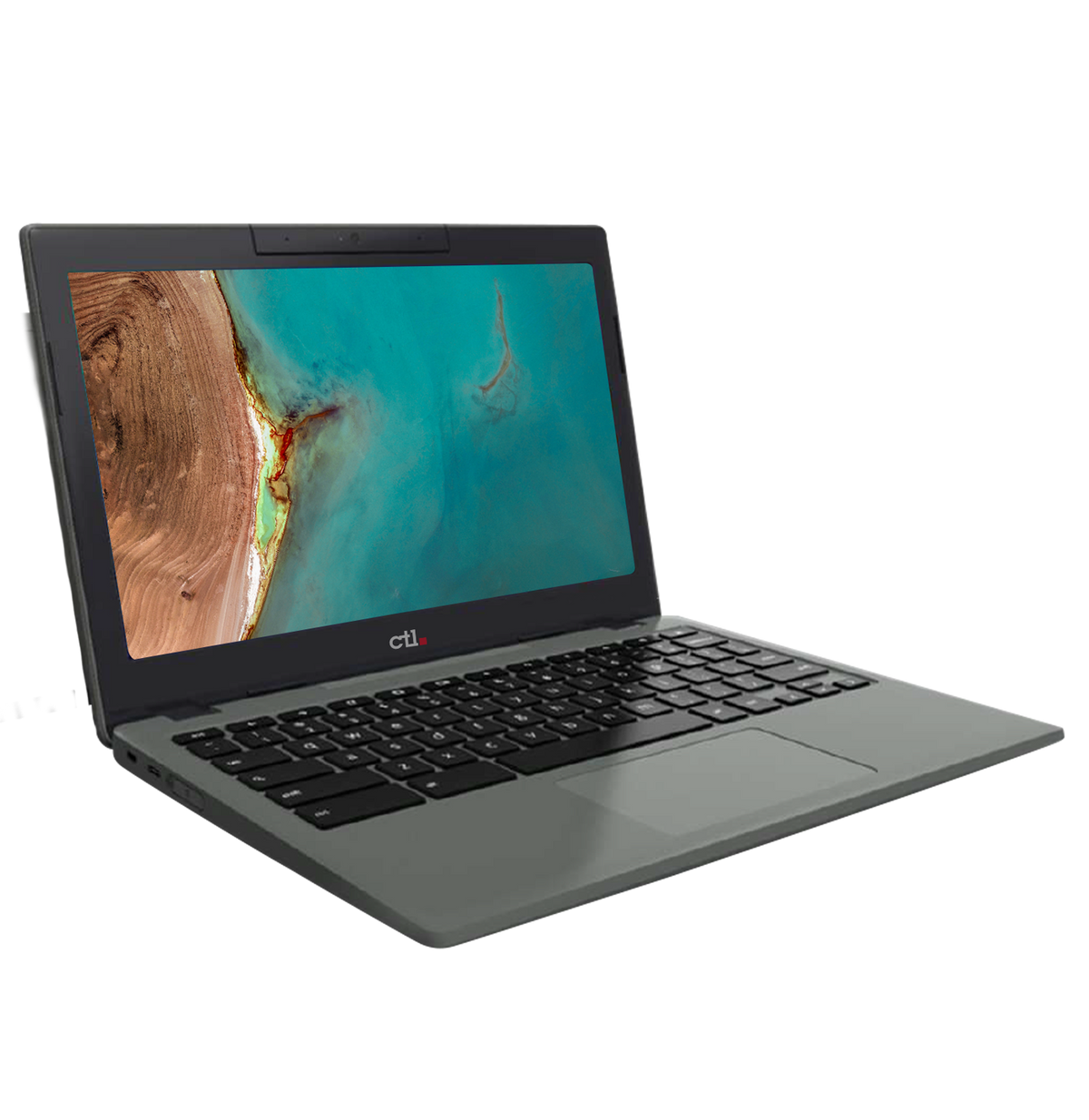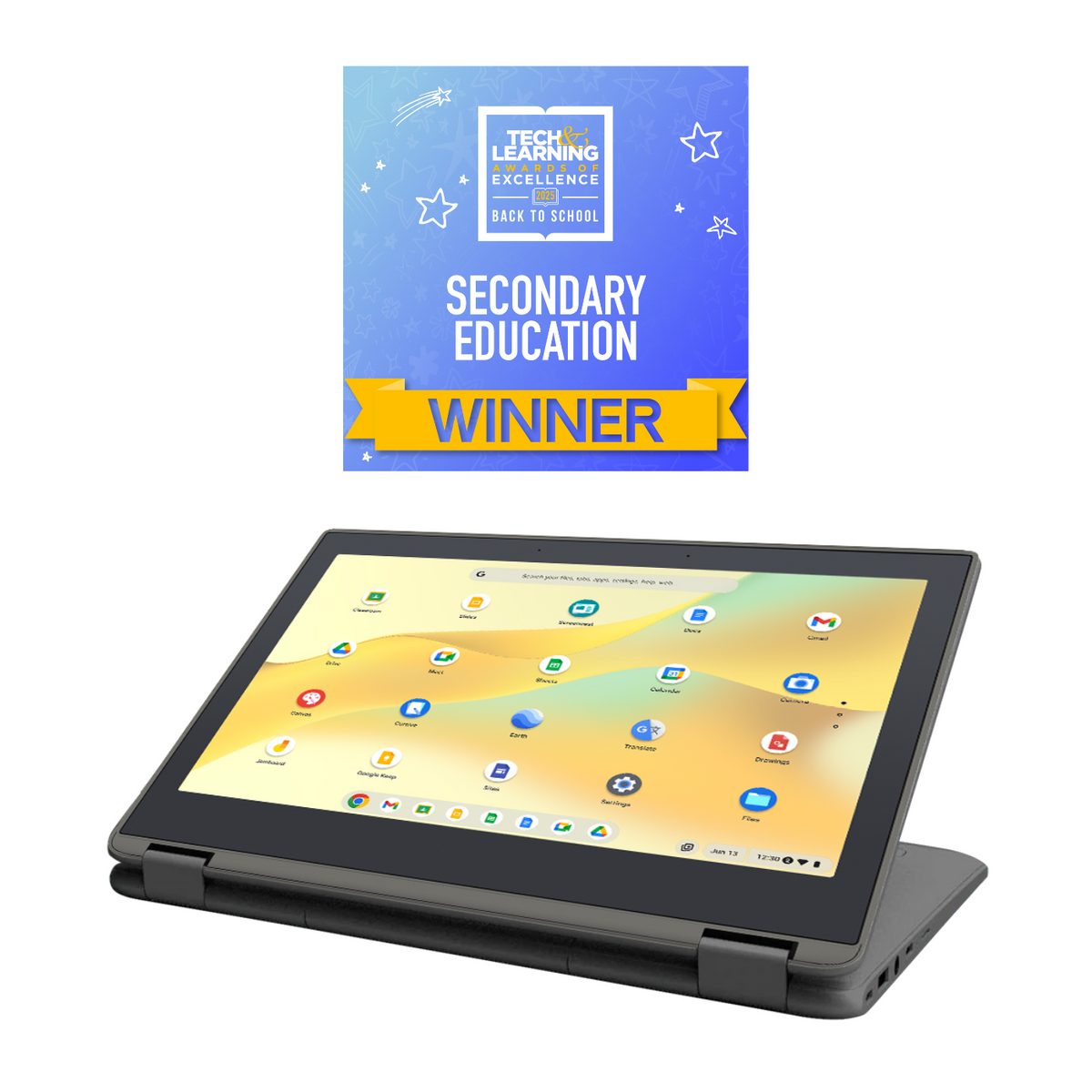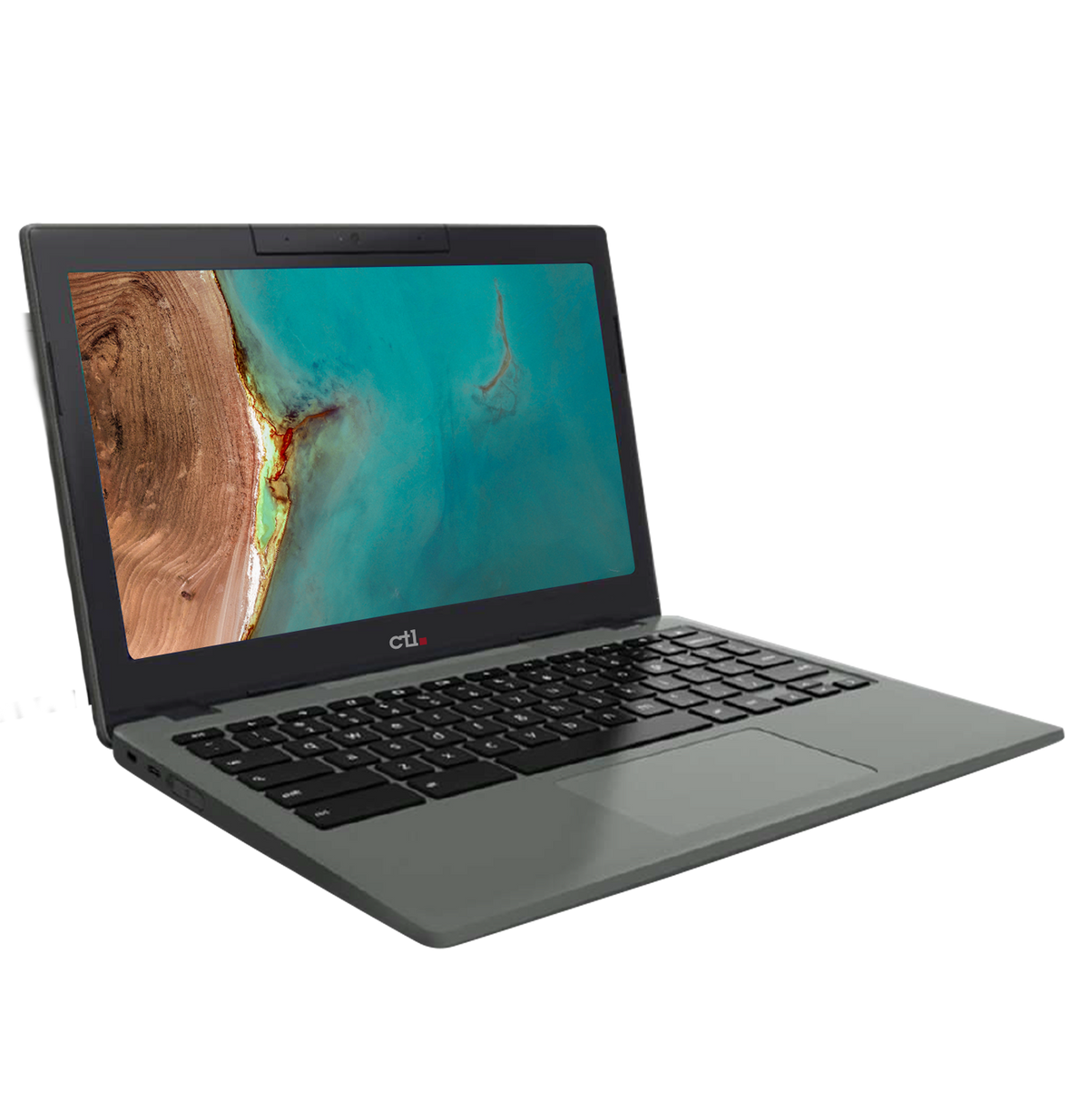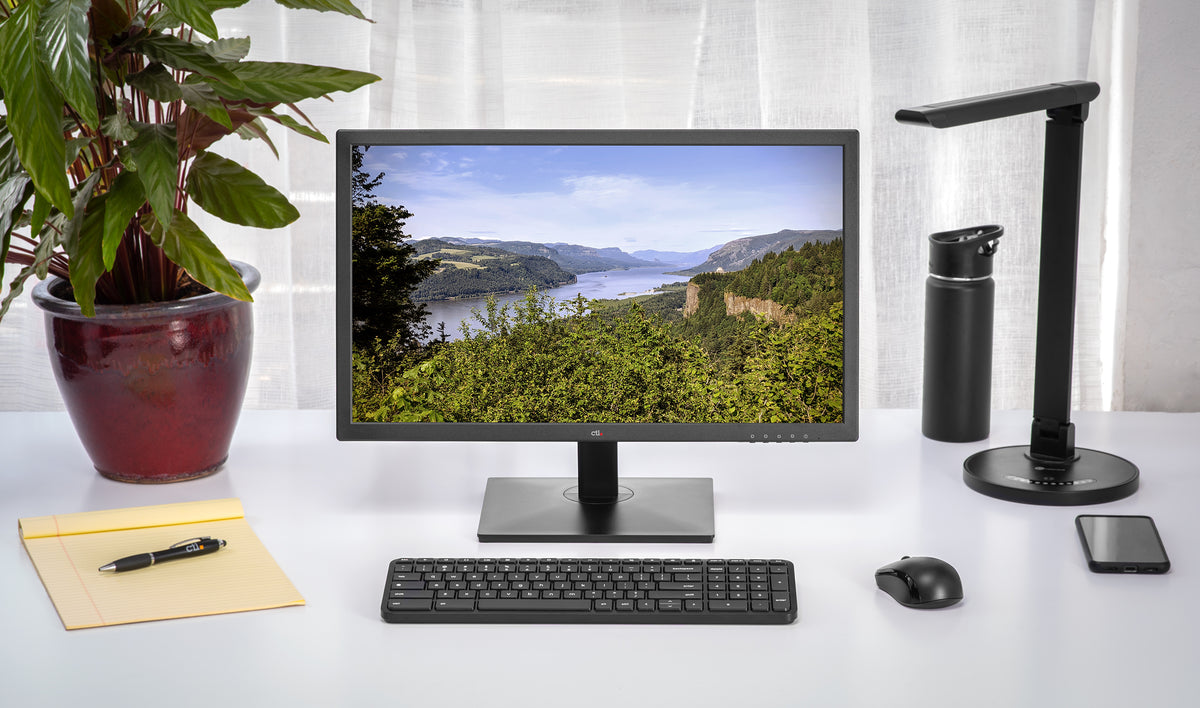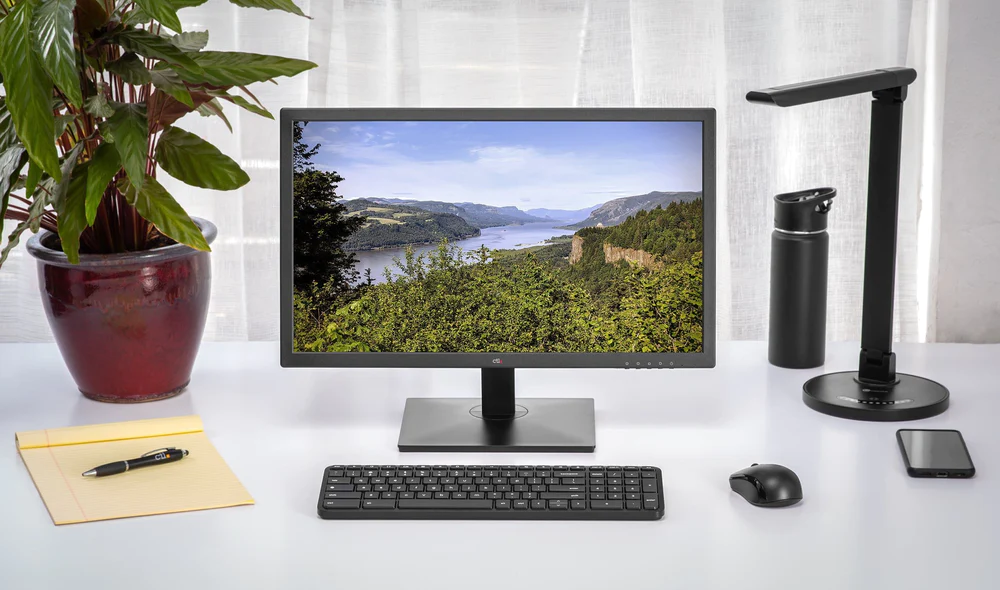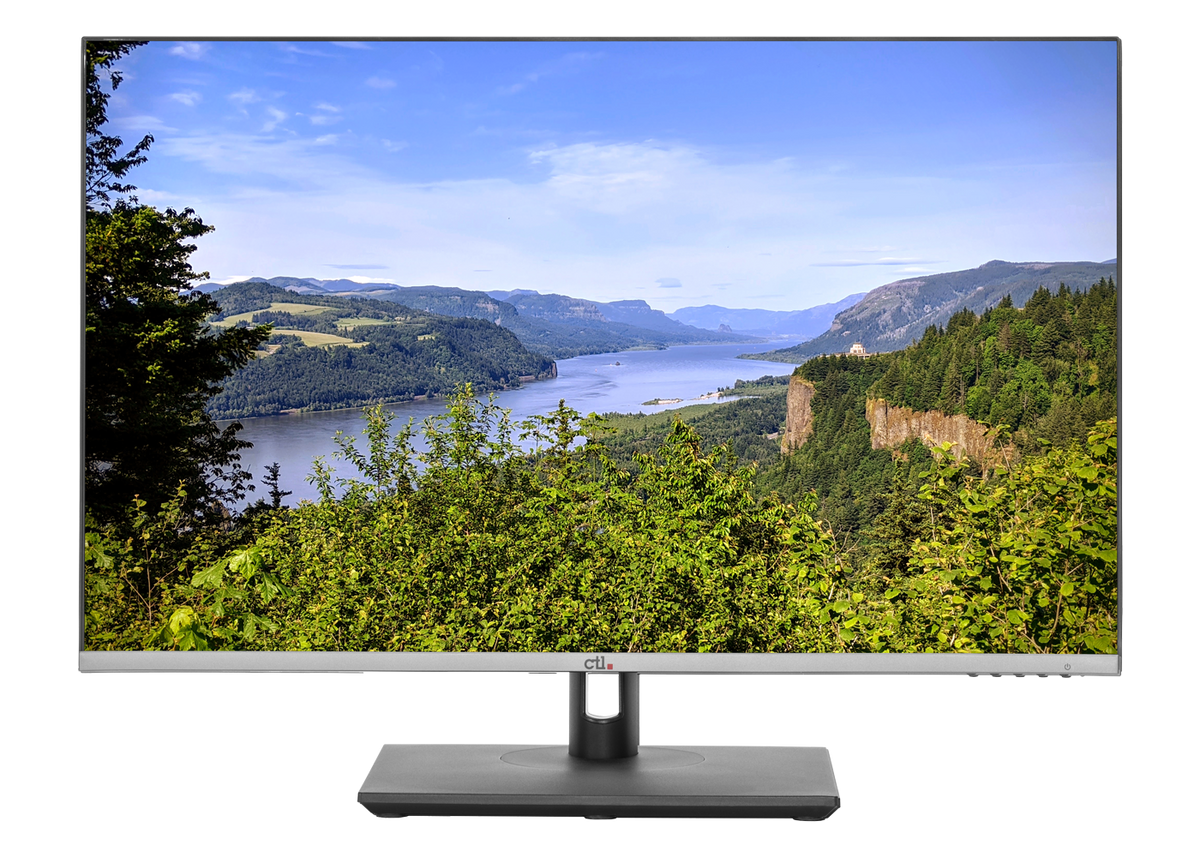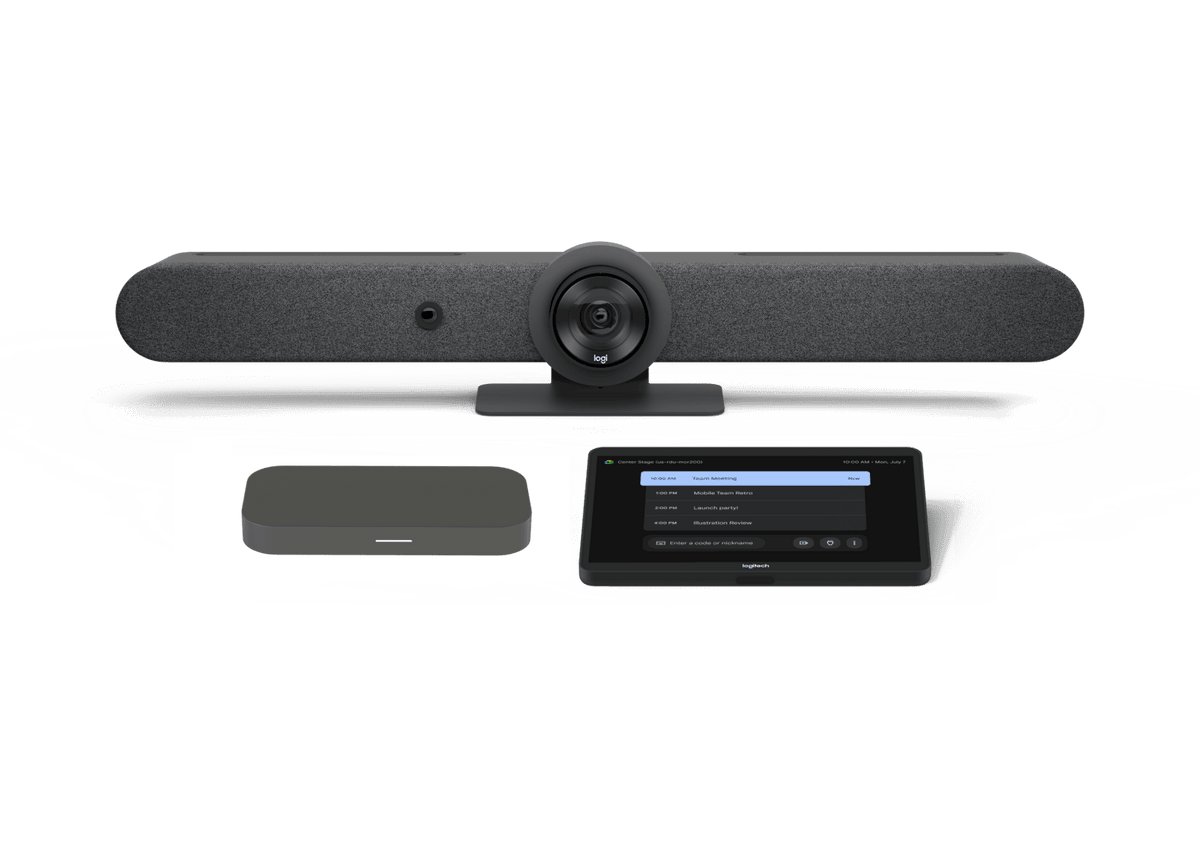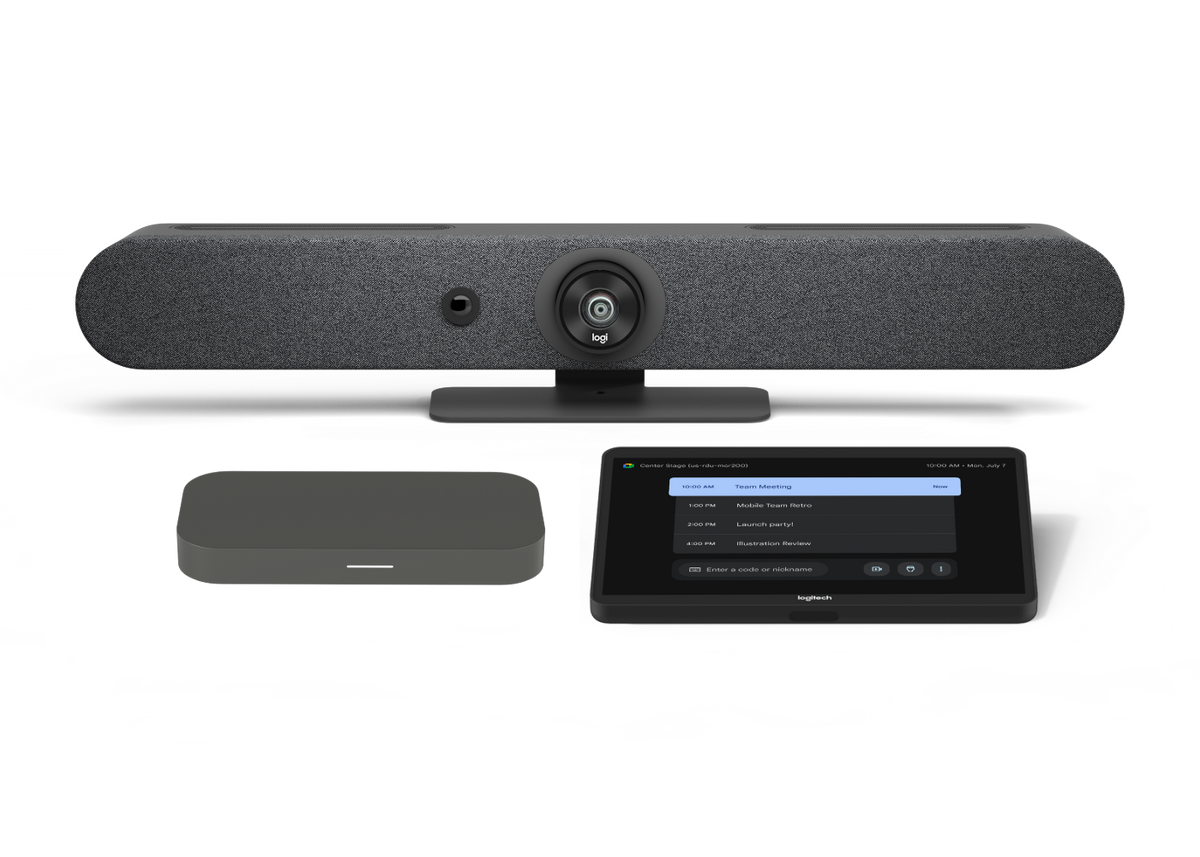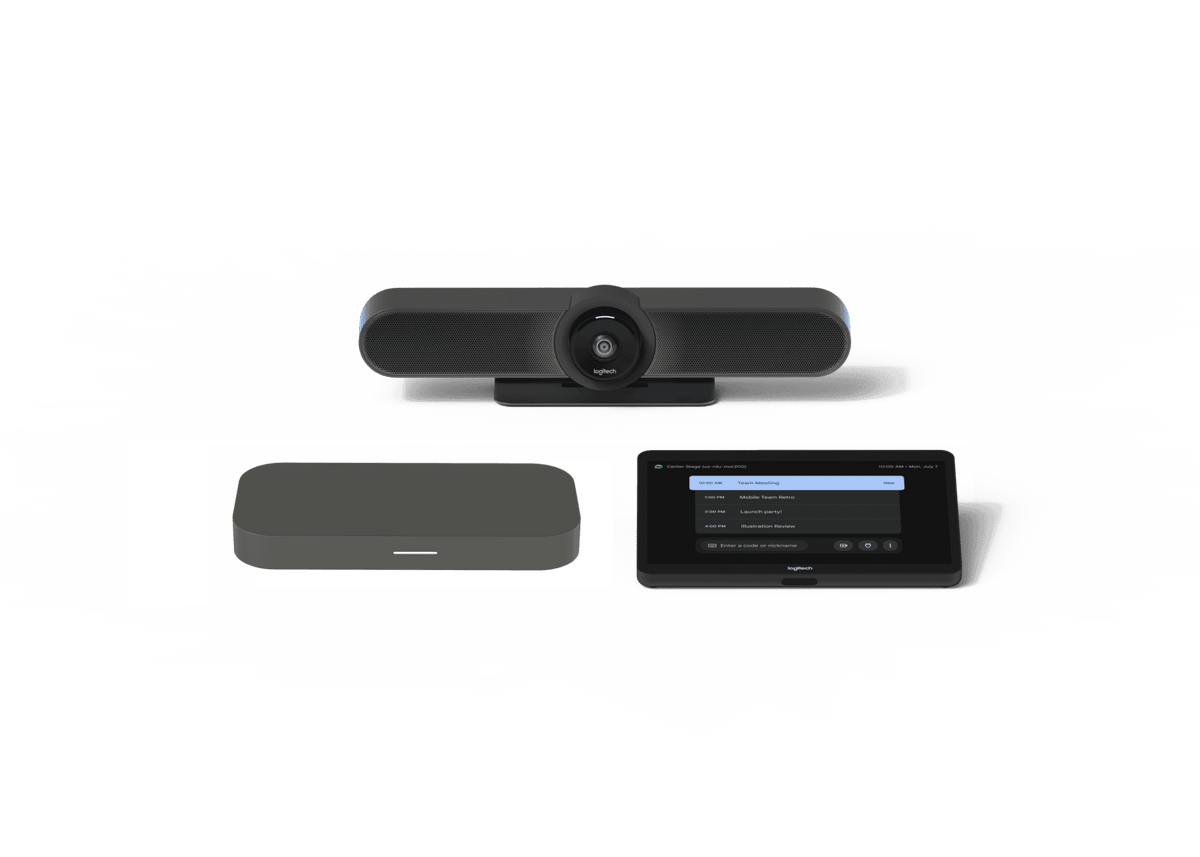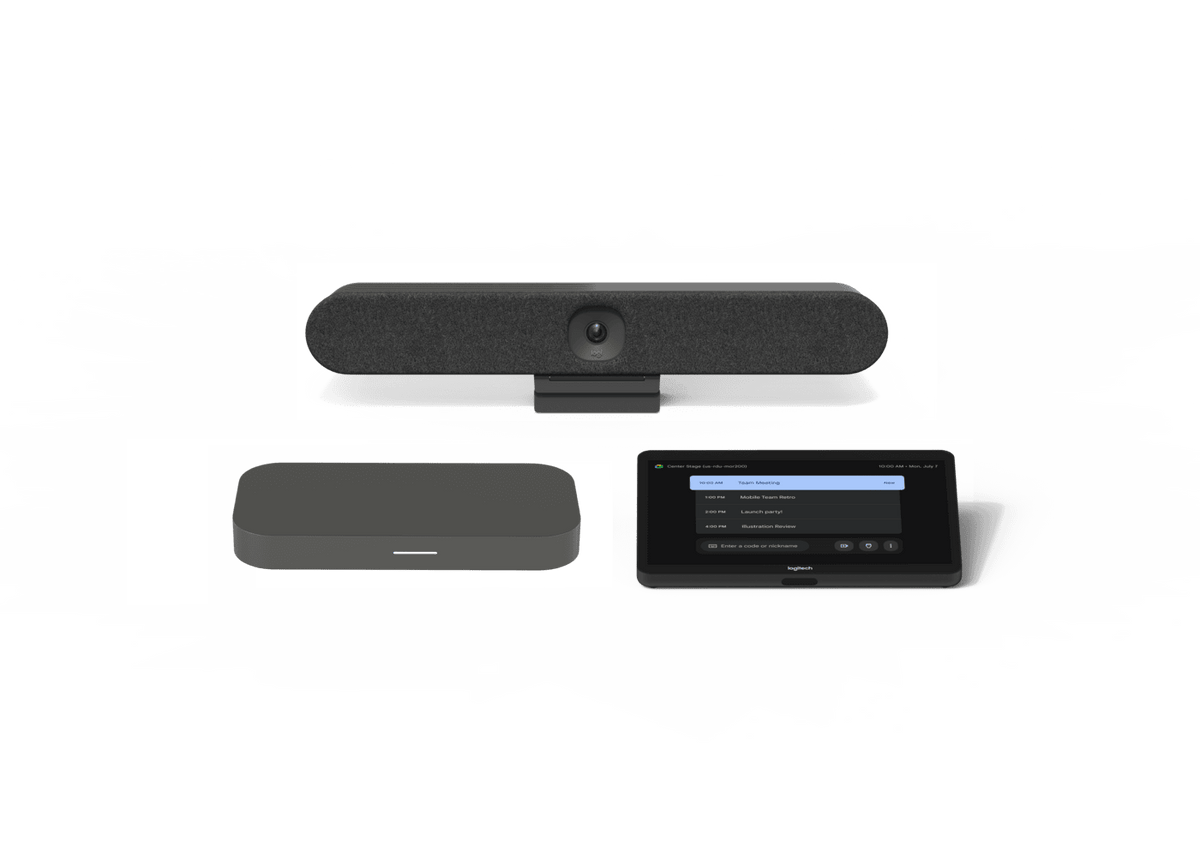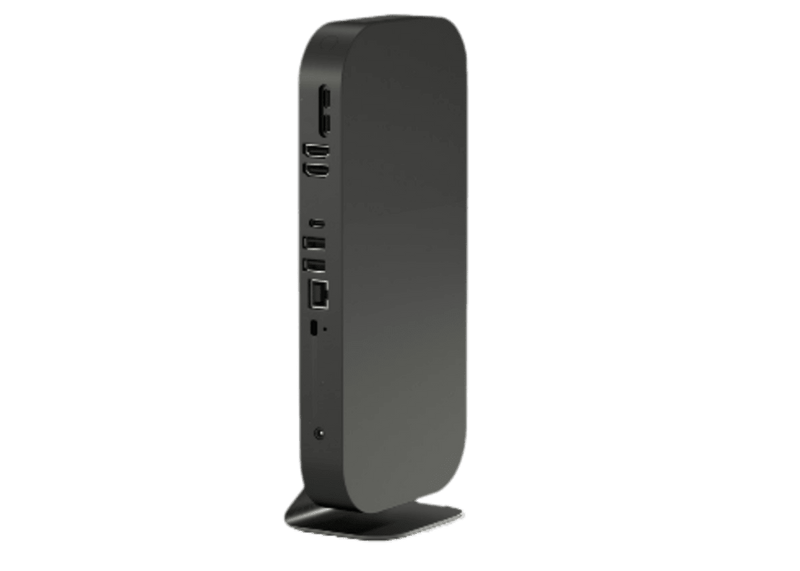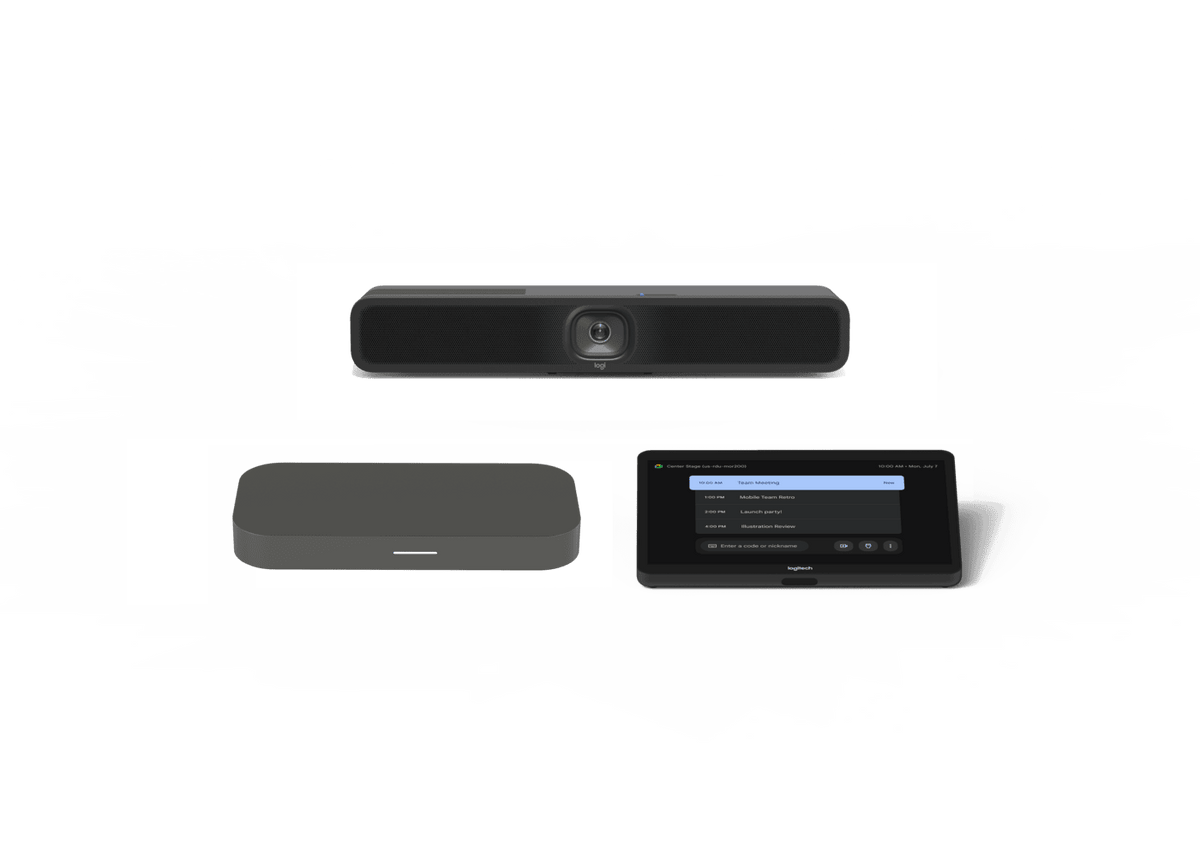CTL has published an eBook titled Mastering 1:1 Chromebook Deployments in 2024-25. Below is Chapter 4. The entire eBook can be downloaded here.
Connectivity Considerations for 1:1 Chromebook Deployments
The Chromebook is a powerful device when paired with a great connection. There are a few topics to consider when deploying a connected Chromebook program.
Today there are multiple methods for connecting to the internet with a Chromebook.
Wi-Fi. The most common option, Chromebooks connect to wireless networks using current Wi-Fi standards. Wi-Fi is continually evolving, and CTL recommends the latest generation, Wi-Fi 6E, to provide uncongested access for your myriad of users and future-proof for a smooth transition to Wi-Fi 7 and beyond.
Wired ethernet. Ideal for computer labs, libraries, or other stationary device scenarios, Chromebooks can also connect via Ethernet using a USB-to-Ethernet adapter.
Private wireless network access (on select models). Some Chromebooks include built-in LTE connectivity for anywhere access across your district. This is especially useful for districts with large rural or home-insecure populations where connectivity beyond the school building is needed but not always available. If your Chromebooks do not offer this embedded capability, you can accomplish the same with a paired standalone hotspot, although it may require additional cost and management for that separate device.
Rolling out connected Chromebooks
Deploying 1:1 Chromebooks requires a well-planned connectivity approach. Here are some key points to consider:
Network infrastructure.
- Network assessment and upgrade plan. Before deployment, evaluate your existing network bandwidth and wireless capacity. A significant increase in devices can strain your existing network. Plan for an upgrade to your internet bandwidth to accommodate the additional traffic from the Chromebooks. This will ensure smooth operation and avoid frustrating slowdowns.
- Wireless capacity. Alongside bandwidth, consider the wireless access points (WAPs) throughout the school. You may need to add more WAPs or upgrade existing ones to handle the increased number of devices connecting simultaneously.
- Redundant connectivity. Having a backup internet connection is crucial. Explore options like a secondary internet service provider or a cellular data plan to keep students connected even if the primary connection goes down
- Pilot program. Test the waters with a smaller group to identify and address any potential connectivity issues before a full-scale rollout.
- Device management. Utilize the Google Admin console to monitor device health and network usage. This allows for proactive troubleshooting of individual device connectivity problems.
- Acceptable use policy (AUP). Establish an AUP outlining expectations for Chromebook usage, including internet access. This promotes responsible use and reduces network strain. CTL has seen this work well in partnership with the parents of students to ensure good digital citizenship. CTL suggests keeping student access within the Google Workspace environment, without providing student access to settings.

Creating and funding a private wireless network (PWN)
If you’re exploring the development of a private wireless network for Chromebooks, funding it can be expensive. Here are a few resource ideas to help navigate this evolving technology.
- E-Rate program. The federal E-Rate program offers discounts on internet connectivity for schools and libraries. The FCC regularly updates the E-Rate rules and programs, check their website for the latest offerings and guidelines.
- High speed “Internet for All” program, U.S. The National Telecommunications Information Administration administers 3 grant programs for the states, including the Digital Equity Act, which dedicates $2.75 billion to establish three grant programs that promote digital inclusion and equity to ensure that all individuals and communities have the skills, technology, and capacity needed to reap the full benefits of our digital economy. Check with your state government on how and when to apply for funding.
- Other grants. Several organizations offer grants specifically for educational technology initiatives. Research grants in your area that align with your Chromebook deployment goals.
- Budget allocation. Reevaluate existing school budgets and consider reallocating funds to prioritize network infrastructure upgrades to support your Chromebook connectivity program.
CTL works with private wireless network development in partnership with customers. Here are two recent case studies in which CTL worked with school districts, city government, private wireless network providers, and others to help customers build and deploy private wireless networks to close the digital learning equity gap.
- Enabling learning equity for home-insecure students with LTE-enabled Chromebooks. In partnership with the Murray City School District, CTL provided Chromebooks provisioned with 48 CBRS private LTE connectivity and device charging solutions to provide learning equity to home-insecure students. Read the case study
- CTL empowers school district to roll out LTE connectivity for students. In partnership with the City of Tukwila, the Tukwila School District, and Federated Wireless, CTL Chromebooks provisioned with 48 CBRS private LTE connectivity enabled students to access online learning at home. Read the case study
By understanding your connectivity options, following best practices for deployment, and exploring funding sources, you can empower your 1:1 Chromebook program with a reliable and secure connection, fostering a dynamic learning environment.
“The biggest hurdle in setting up a PWN was finding a vendor who would field the technology. We were looking for a single LTE-enabled computing device to ensure we don’t have to manage separate devices like MiFi. CTL was the solution we found after looking and working for years on this. Persistence paid off.”
-- Jason Eyre, IT Director, Murray City Schools
Additional resources:
- New in connected Chromebooks: 5G and private wireless networks
- LTE Chromebooks: How to select the right device for connectivity anywhere

To access our entire eBook titled Mastering 1:1 Chromebook Deployments in 2024-25, go here.


